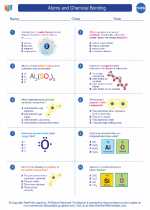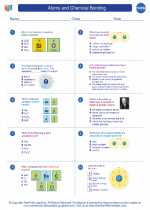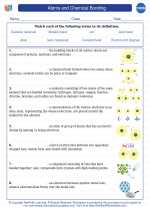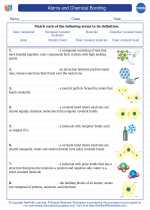Lithosphere
The lithosphere is the outermost solid part of the Earth. It is composed of the crust and the uppermost part of the mantle. This rigid outer layer is divided into tectonic plates that float on the semi-fluid asthenosphere below. The lithosphere is of great importance to the Earth's geology and plays a crucial role in various geological processes.
Composition of the Lithosphere
The lithosphere is primarily composed of the Earth's crust, which is further subdivided into the continental crust and the oceanic crust. The continental crust is thicker and less dense compared to the oceanic crust. Beneath the crust lies the uppermost part of the mantle, known as the upper mantle, which also contributes to the composition of the lithosphere.
Geological Significance
The lithosphere is integral to the understanding of plate tectonics, volcanic activity, and the formation of various landforms. It governs the movement of tectonic plates, leading to phenomena such as earthquakes, mountain formation, and the creation of ocean basins. The interaction between the lithosphere and other Earth systems, such as the hydrosphere and atmosphere, influences natural processes and the distribution of resources.
Study Tips
- Understand the composition of the lithosphere, including the differences between continental and oceanic crust.
- Learn about plate tectonics and the movement of tectonic plates.
- Explore the geological processes influenced by the lithosphere, such as volcanic eruptions and seismic activity.
- Consider the interactions between the lithosphere and other Earth systems, and how they impact the environment.
◂Chemistry Worksheets and Study Guides High School. Atoms and Chemical Bonding

 Worksheet/Answer key
Worksheet/Answer key
 Worksheet/Answer key
Worksheet/Answer key
 Vocabulary/Answer key
Vocabulary/Answer key
 Vocabulary/Answer key
Vocabulary/Answer key
